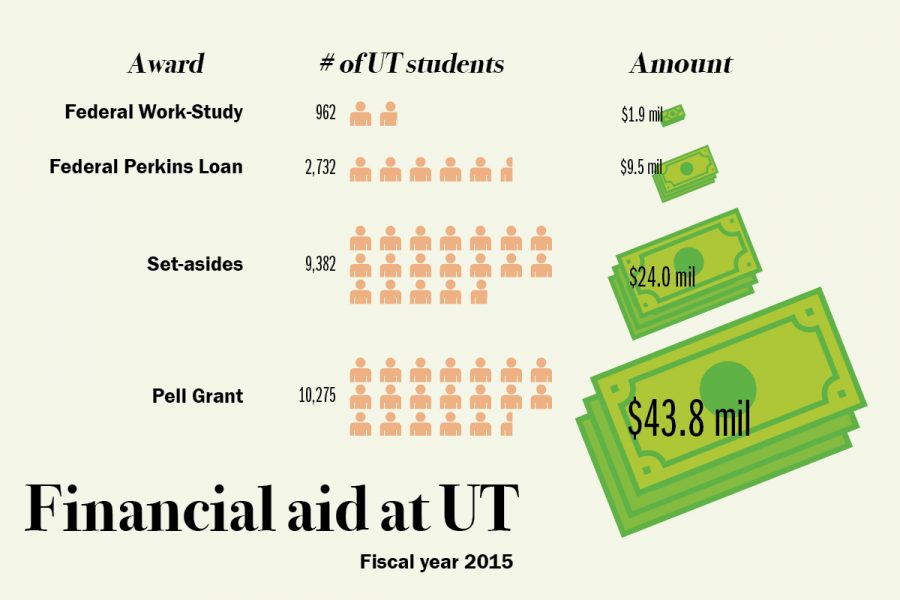Helping poor kids go to college has always been a bipartisan initiative. Programs like Pell Grants, TEXAS grants, and Federal Work-Study have each received the support of members of both parties in Congress. Even today, many Republicans have devoted significant political capital into making sure their constituents can afford the rapidly rising cost of a college education.
But these programs are under fire from cowardly Republicans. Lt. Gov. Dan Patrick has spent the last several years crusading against “tuition set-asides”, a program that has in-state students at public universities in Texas pay into a pool of money that lowers tuition for low and middle-income students. “College education should not be out of reach for the poor,” Patrick told Texas Monthly. “But it also should not be out of reach for middle class and the middle class should not be paying for the poor.”
However, middle-class students also receive financial aid help from the state each year from the same set-asides Patrick derides. In Fiscal Year 2015, nearly $24 million from set-asides went to 9,382 students — nearly a fifth of the student body. As Tom Melecki, former director of financial services for UT, said, “If you want to ensure that only wealthy students and upper middle-class students can afford to go to Texas public colleges and universities in the future, do away with tuition set-asides.”
Crucial aid programs are under attack from the federal government as well. The budget released by the Trump White House would significantly cut financial aid programs for needy students. The work-study program, which makes it easier for students to obtain on-campus jobs, would have had its allocation cut in half. They proposed ending the Perkins and Stafford loan programs, both of which offer loans to students at low interest rates. Trump’s budget would also end the Public Service Loan Forgiveness Program, which forgives loan debts for students who go into non-profit and government jobs, and the Supplemental Education Opportunity Grant Program, as well as take nearly $4 billion out of surplus Pell Grant funds.
These attacks on students’ ability to attend college are personal for me. I receive aid from threatened state and federal government programs, such as Federal Work-Study, Perkins and Stafford Loans and Pell Grants. The aid from these programs, along with some other grants, covers tuition, books and part of my housing. Without this help, I likely would’ve ended up at an out-of-state private school with more scholarships available than UT could ever offer. As a middle-class student, this had a huge impact on where I went to college. For those less fortunate, it could make-or-break their chances of going to college at all.
So when Patrick and Trump try to cut financial aid, they aren’t just forcing students to take out more in loans. They’re actively threatening many students chances of making it to campus. And if they get their way, UT could lose the best and brightest of future generations.
Price is a government sophomore from Austin.





















